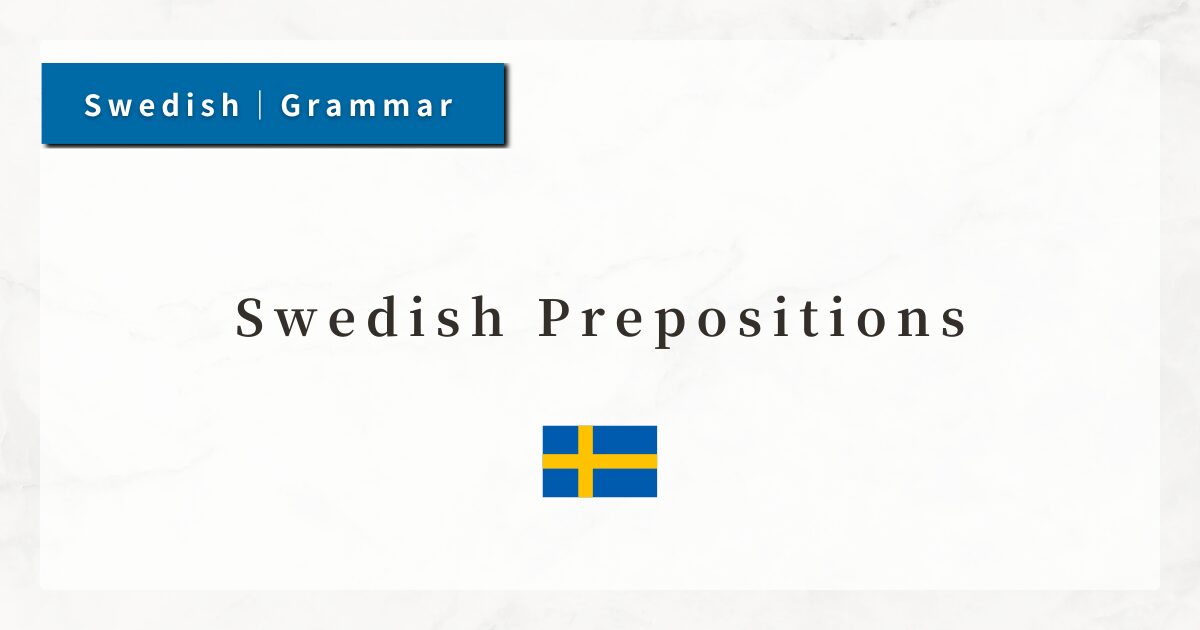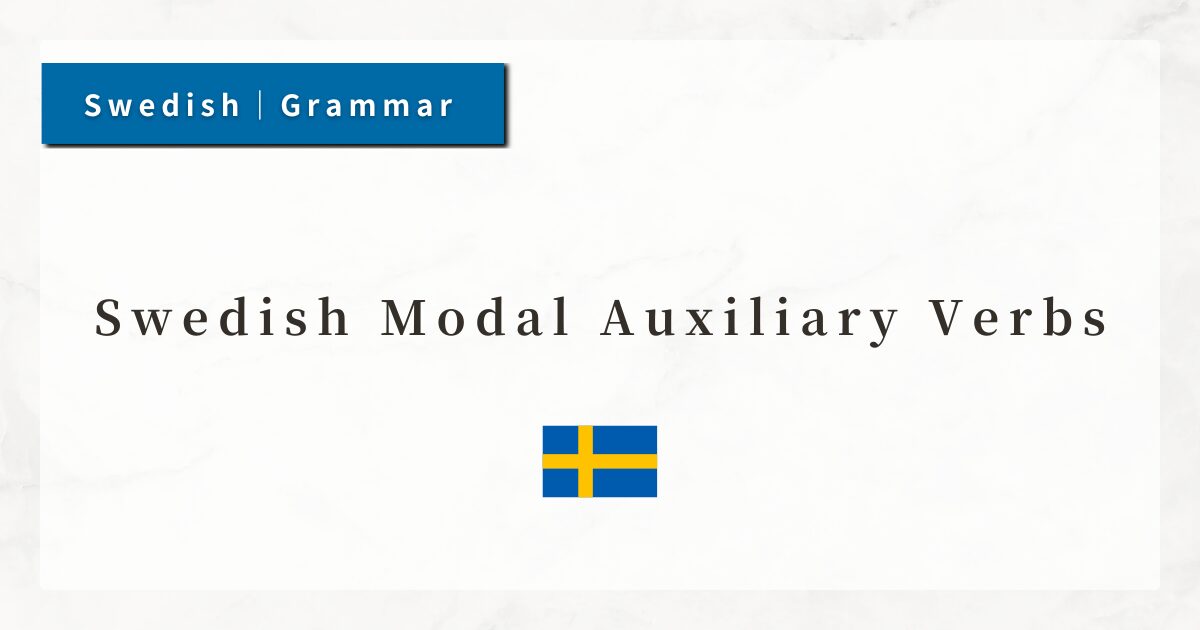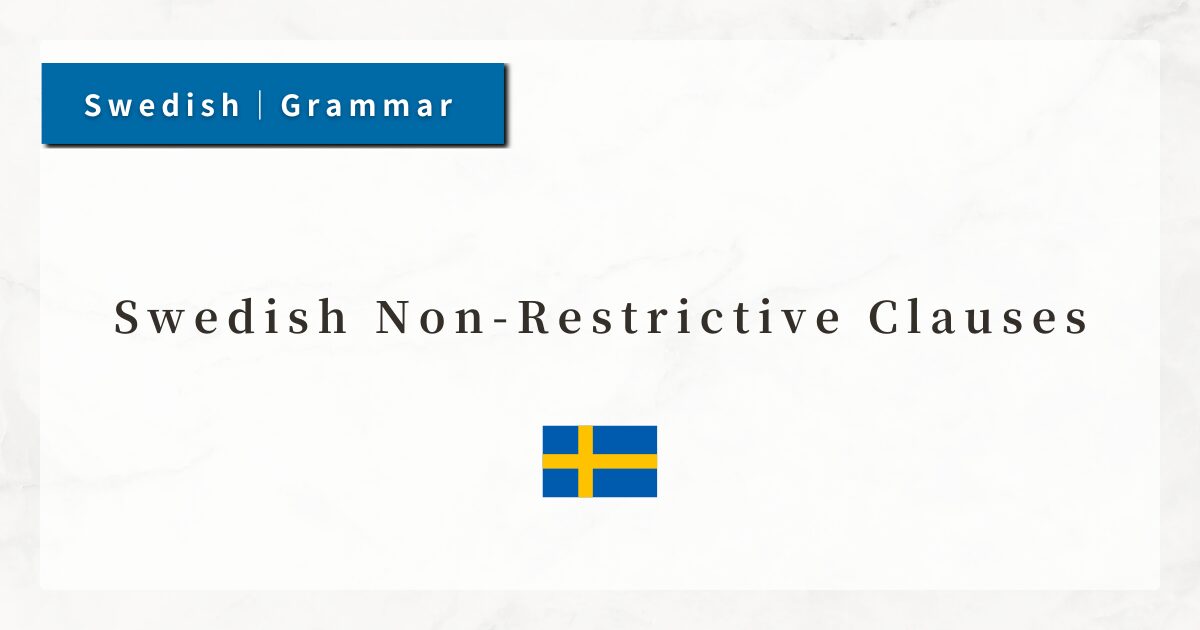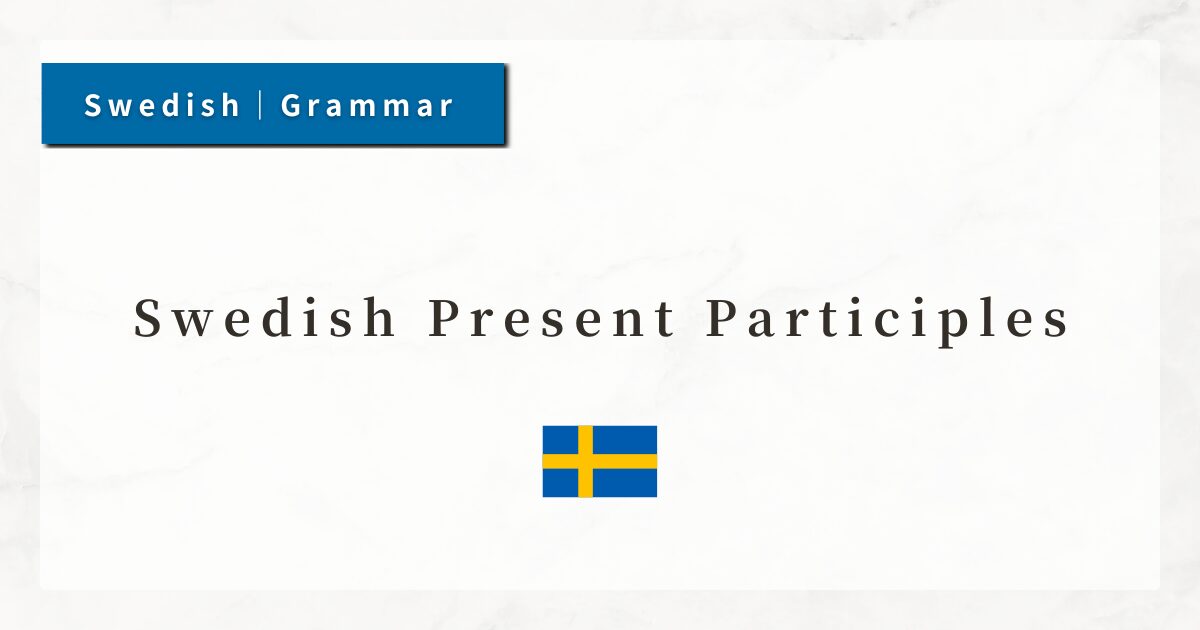#40 Swedish Phrasal Verbs|How to Use “Verb + Adverb” with Examples
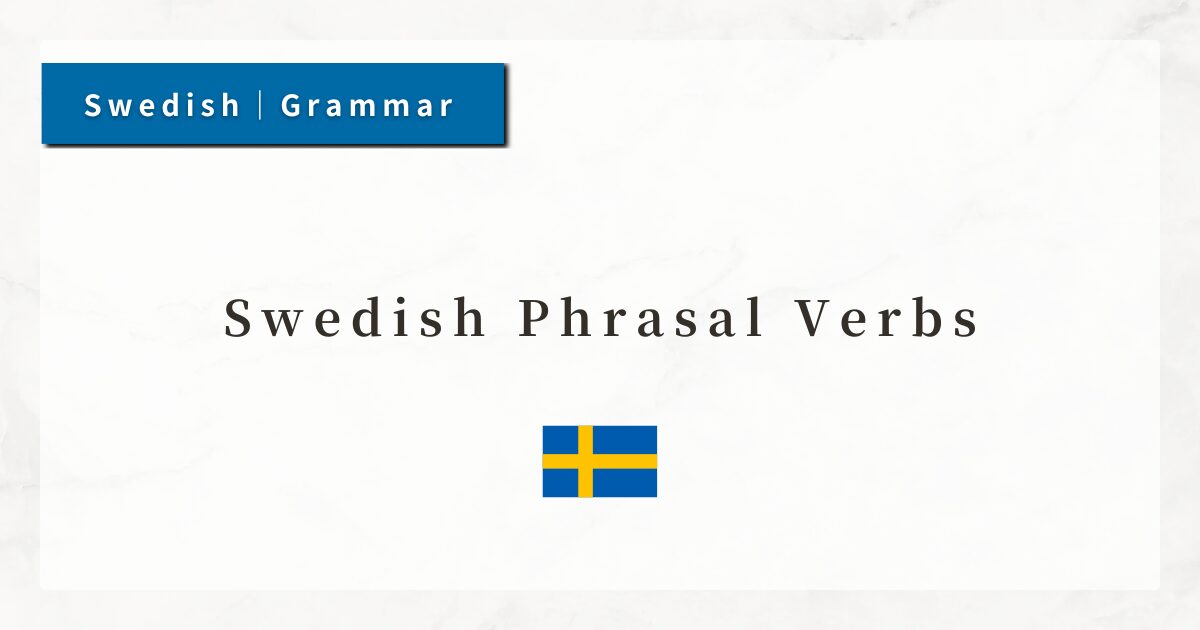
One of the common features in Swedish is the use of phrasal verbs.
A phrasal verb is formed by combining a verb with an adverb, often changing the meaning of the original verb significantly.
In this lesson, I will explain the basic rules of Swedish phrasal verbs and how they are used.
1. Basics of Phrasal Verbs
A Swedish phrasal verb is formed by combining a verb with an adverb. The key characteristic is that the meaning of the verb changes or expands through the addition of the adverb.
For example, kasta (to throw) combined with ut (out) becomes kasta ut, which means “to throw out” or “to expel,” a meaning quite different from the original verb.
| Simple Verb | Phrasal Verb | Meaning |
|---|---|---|
| kasta (to throw) | kasta ut | to throw out, expel |
| ta (to take) | ta av | to take off, remove |
| komma (to come) | komma fram | to arrive |
Thus, phrasal verbs add nuances of direction, result, or figurative meaning, allowing verbs to express actions more precisely.
2. Phrasal Verbs with Shifted Meanings
One important point is that phrasal verbs often develop an idiomatic meaning, which cannot be understood simply by translating the verb and adverb separately.
For example:
| Phrasal verb | Notes | Meaning |
|---|---|---|
| kasta ut | kasta (throw) + ut (out) | to throw out, to expel |
| ta på sig | ta (take) + på sig (on oneself) | to put on, to wear |
| ta av sig | ta (take) + av sig (off oneself) | to take off (clothes) |
| komma in | komma (come) + in (in) | to come in, to enter |
| gå bort | gå (go) + bort (away) | to go out, to pass away (euphemism) |
| se upp | se (see) + upp (up) | to watch out, to be careful |
| ge upp | ge (give) + upp (up) | to give up |
Expressions like se upp (“watch out”) and ge upp (“give up”) have strongly figurative or idiomatic meanings, so it is often best to learn them as independent verbs.
3. Distinguishing Phrasal Verbs
A structure that looks similar is “verb + prepositional phrase.” However, this is grammatically and functionally different from a phrasal verb.
3-1. Phrasal Verbs (Verb + Adverb)
The verb and adverb form a close unit, creating a new verb meaning.
- Han kastar ut soporna.
(He throws out the trash.) - Han kastar inte ut soporna.
(He does not throw out the trash.) - Kastar han ut soporna?
(Does he throw out the trash?)
Here, the adverb ut moves together with the verb in negation and question forms, showing that they function as one unit.
3-2. Verb + Prepositional Phrase
In contrast, with “verb + prepositional phrase”, the verb keeps its original meaning, and the preposition introduces additional information.
- Jag tänker på dig.
(I am thinking of you.)
→ tänka (to think) + på (about) - Hon litar på honom.
(She trusts him.)
→ lita (to trust) + på (on)
Here, the meaning of the verb itself does not change; the prepositional phrase simply modifies or complements it.
4. Summary
- Swedish phrasal verbs are formed by combining verb + adverb, creating new meanings.
- They can express action + direction, state, or figurative meaning as a single unit.
- Because many phrasal verbs are idiomatic and cannot be translated literally, it is best to learn them as set expressions.
- Distinguishing them from “verb + prepositional phrase” helps in understanding sentence structure accurately.

